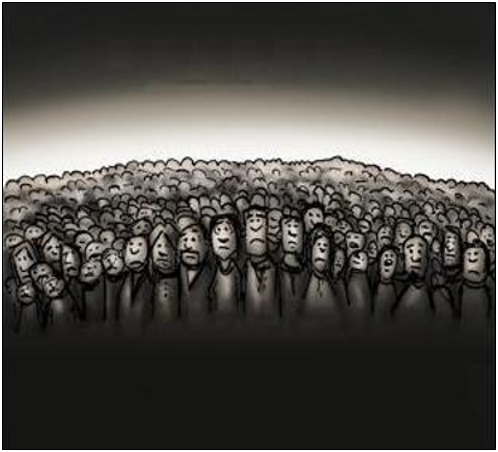
Job openings fell another 1.1 million in August to 10.1 million according to the latest data from the Bureau of Labor Statistics. Generally, in a recession once jobs openings in the household survey collapse, the unemployment rate will tend to rise as well over time, usually after job openings drop by more than 20 percent in the JOLT survey on an annual basis, as in the 2001 and 2008-2009 recessions.
So far, the collapse of openings totals 1.8 million since March 2022, a 15 percent drop, signaling a downturn in labor markets is indeed on the horizon. From a year ago, they’re down 7.6 percent.
The news comes as unemployment dipped to 3.5 percent in September, with 204,000 jobs added in the household survey and a loss of 229,000 from the labor force itself, as labor participation dropped 0.1 percent to 62.3 percent.
This is what peak employment usually looks like. Before employers begin firing, first they stop hiring. There were times during the Obama administration when jobs openings would briefly crater to 0 percent or slight negative growth in job openings, but never into recession territory, which requires a sustained decline.
Undoubtedly, the unemployment report will cause many to question the recession signal by the Bureau of Economic Analysis’ Gross Domestic Product (GDP) of negative growth in the first and second quarters of 2022.
The last 12 times in economic history the Bureau of Economic Analysis reported consecutive quarters of negative growth like the last two quarters, there was indeed a recession.
But unemployment is still a lagging indicator. Even in Europe, where the war in Ukraine is causing massive energy shortages and price inflation, unemployment remains low even as analysts say a big recession is dead ahead.
The other factor to consider is inflation itself, which remains high as the U.S. economy continues overheating. Usually in a recession, price increases will slow down, but they’re still heating up in several sectors even as demand is already falling.
Interest rates continue rising as well. Usually, in recessions, they begin declining too amid a flight to safety.
A good way to think about the relationship between high inflation and recessions is the way the household budget works. When prices increase faster than incomes, households will tend to take on more debt, which ultimately will constrain the growth of purchases until eventually, they can make no more purchases without paying off debt. When that happens nationally, consumer spending takes a hit.
That process is already underway. But the full feedback into labor markets could still be several months away as the crisis in Europe worsens. It looks more like a question not of if, but when. Stay tuned.
Robert Romano is the Vice President of Public Policy at Americans for Limited Government Foundation.






